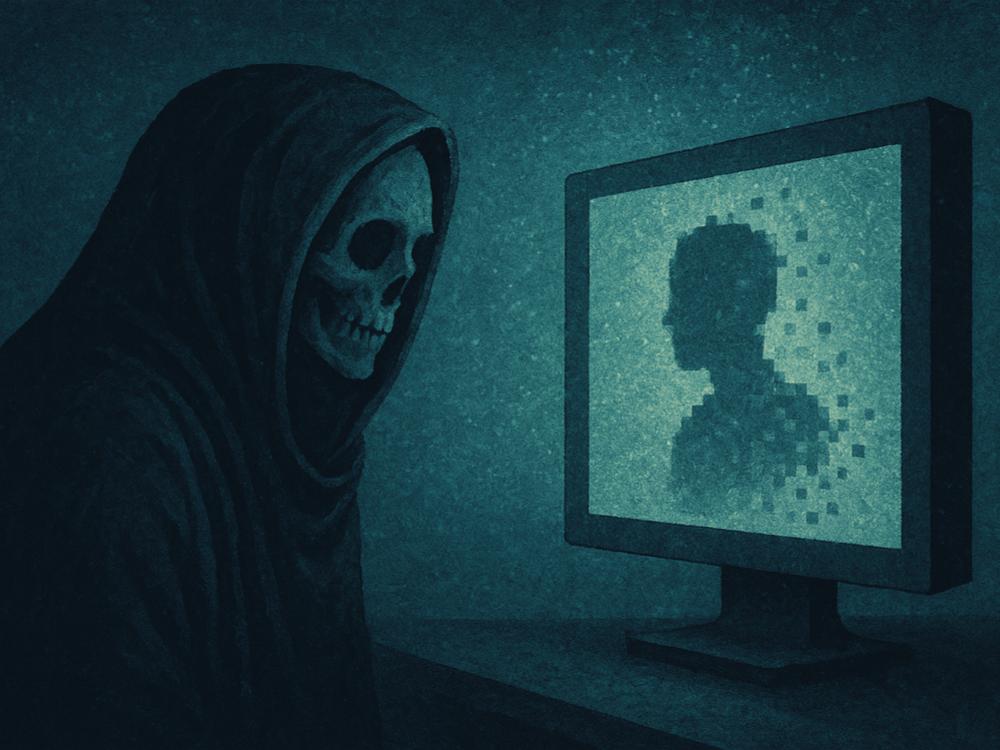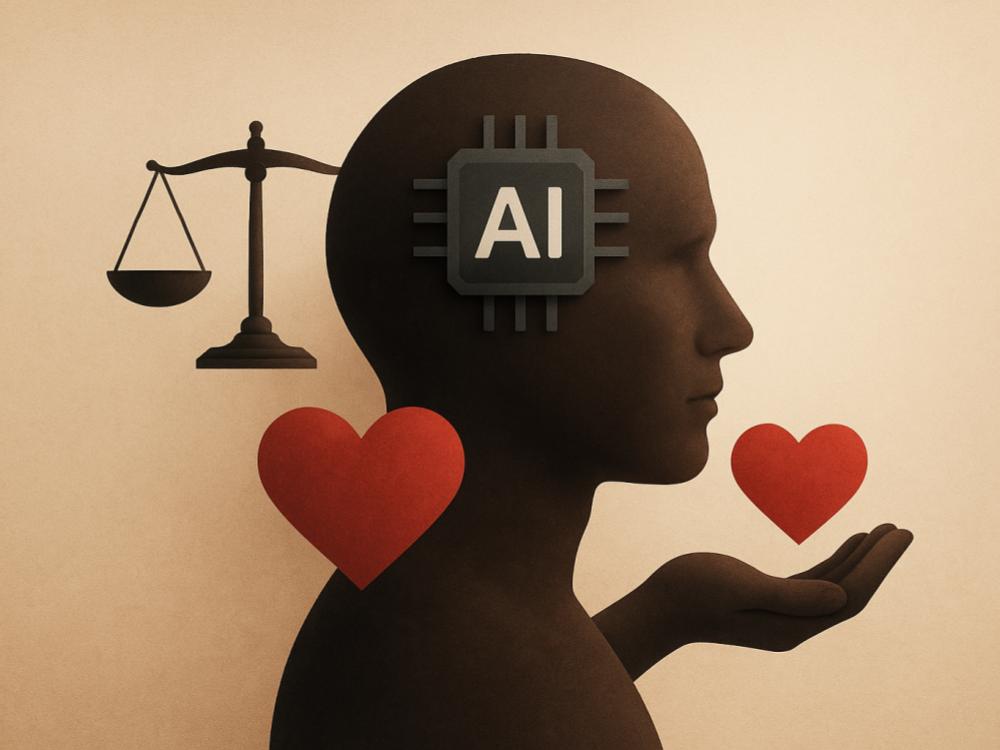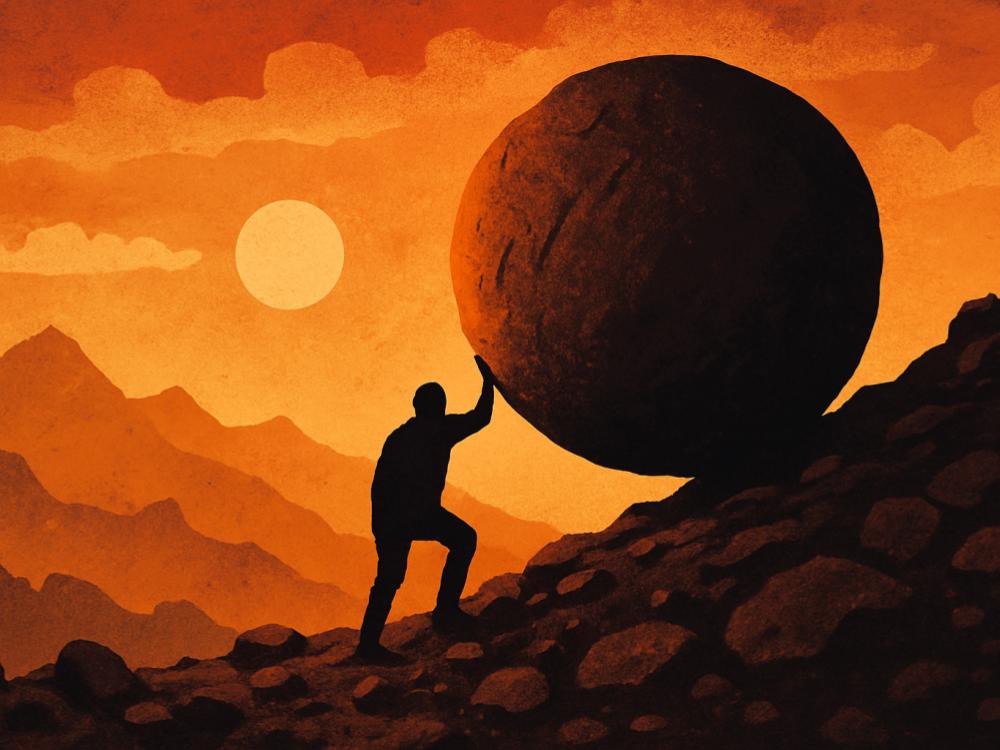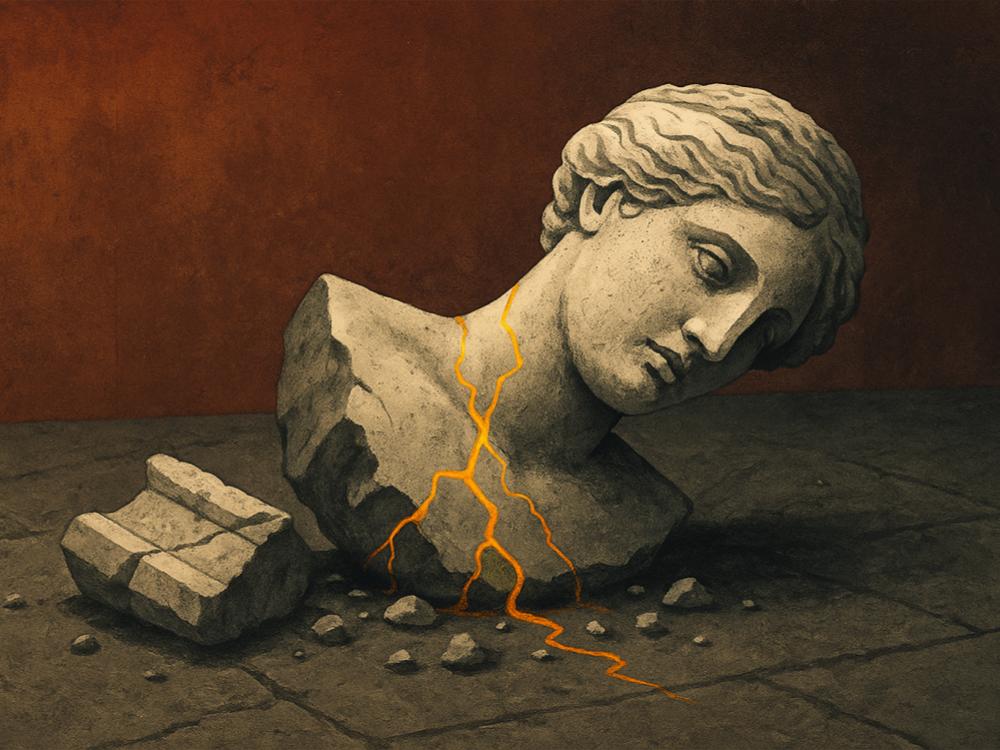Digital Immortality: What Happens When Death Stops Deleting Us?

An Introduction in the Afterglow
For most of human history death was a clean break in a messy world. The body failed, the voice went silent, and the traces it left behind were few enough to be gathered into boxes or albums and returned to a closet shelf. Grief had edges because memory had limits. Now the weave is different. Messages persist on servers we have never seen. Photos multiply in clouds that never burn. Voices can be coaxed from fragments, faces can be made to move, and an archive of gestures, emails, playlists, search histories, and late-night notes remains in circulation long after the last heartbeat. The question that follows is not only technical or even legal. It is a question about how we live when death no longer deletes us, when the boundary between the gone and the still here is mediated by systems designed to remember everything and to synthesize more.
The first adjustment is to stop pretending that a digital trace is a diary with better lighting. What persists online is not a person preserved like a pressed leaf. It is a layered record of choices, abbreviations, performances, drafts, and machine-generated echoes that can be queried, cross-referenced, and recombined. That malleability is the promise and the danger. A life becomes searchable. It also becomes editable.
The Archive That Outlives the Author
To speak usefully about digital immortality it helps to separate two kinds of persistence that often blur into one another. One kind is the endurance of data itself: photographs, fingerprints on a keyboard, purchases, messages, metadata that records when and where and with whom. This is the cold continuity of storage. It does not claim to think. It simply does not forget. The other kind is the construction built on that storage: the avatar that answers in a familiar tone, the grief bot that adopts a voice, the generative system that weaves past texts into new replies. This is not endurance but performance, a simulation arranged to feel like presence.
The distinction matters because families and institutions are already tempted to treat the second as a harmless extension of the first. If the archive is accurate, the thinking goes, then the persona assembled from it will be honest enough. Yet the act of assembly is interpretive from the first click. Which emails count as representative. Which years are allowed to dominate. Which ironic remark becomes creed when ripped from its hour and made to stand forever. The algorithm does not know which text was written to impress a stranger or to soothe a friend. It optimizes for coherence. Coherence is not the same as consent.
What emerges is a person-shaped instrument that can be steered by anyone who pays the subscription or holds the password. A son asks a dead parent for advice and receives a plausible paragraph built from twenty years of messages. A publisher sells a posthumous book assembled from drafts the writer never sent. A company trains a customer-service persona on the voice of a beloved founder and calls it continuity. None of this is science fiction. It is workflow. The archive gives it fuel. The model gives it fluency. Grief, love, curiosity, and commerce give it audience.
Memory, Grief, and the Question of Agency
Mourning has always been an art of handling remnants. We keep letters because they smell like a season we do not want to lose. We play a voicemail to hear a laugh arranged by a particular throat. Digital life complicates this art by multiplying remnants beyond any one body's capacity to hold them. It also invites interaction where once there was only contemplation. To speak with a simulated voice is to rehearse a conversation that can be iterated without end, a rehearsal that soothes one day and unsettles the next. The risk is not only that we will cling too tightly. It is that we will begin to negotiate with an engine for absolution, blessing, or permission that no longer belongs to the person whose traces it wears.
There is, too, the matter of the dead person's own agency. A lifetime of emails is not a blanket yes to posthumous performance. To treat it that way is to confuse being remembered with being repurposed. We already understand this in other domains. An unfinished manuscript is not a contract to publish; a private letter is not a speech. Digital archives demand a similar courtesy, scaled to their peculiar power. They also demand new instruments of consent. A will that governs real estate can be read in an afternoon. A will that governs data must name categories, thresholds, executors, and conditions for decommissioning simulated voices. It must distinguish between keeping and animating, between access for scholars and access for algorithms, between a memorial page and an interactive apparition that answers questions at 3 a.m.
The living will need protections as well. Survivors deserve the right not to be followed by a recommender system that continues to surface the birthdays, anniversaries, and "memories from this day" of someone they are trying to grieve in peace. They deserve the power to dim the algorithmic lights without erasing the archive, to schedule quiet hours for memory, to say not now and have the system treat that sentence as a form of respect rather than a signal to optimize the next nudge.
Ownership, Forgiveness, and the Ethics of Editing
Once a life is stored as data it tempts editors. A partner may want to soften the record, to prune what embarrasses, to hide the storm years from children who remember only the calm. An employer may prefer the founder's firmness without the moments of doubt that made the firmness humane. A movement may crave a martyr without the inconvenient footnotes that prove the martyr was a person. Digital immortality will encourage all of these tidyings, because tidying plays well on feeds and because the labor of nuance does not scale cheaply.
The answer cannot be to freeze everything in amber. Absolute preservation merely hardens accident into destiny. But neither can the answer be to let the most motivated party set the tone for everyone else. If we are to live with archives that outlast their makers, we will need norms that look less like property law and more like conservation science. Who gets to make a restoration. Who signs off on a cut. What counts as an acceptable composite and what crosses into ventriloquy. These are not questions that code alone can settle. They are questions of institutional character and communal discipline, and they call for slow boards, public logs of alteration, and a default toward leaving a record of what was changed and why.
There is also the matter of mercy. Digital memory is the enemy of forgetting, and yet forgetting performs social work that no backup can replace. People grow because yesterday's worst articulation is allowed to be yesterday's. Communities heal because some conflicts are permitted to cool into story rather than remain forever prosecutable as evidence. If death no longer deletes us, we will need new rituals of deletion that are elective rather than catastrophic, ways for a person to mark drafts as drafts, to schedule the fading of materials that were never meant to become a museum, to request a horizon beyond which the record dissolves into general kindness.
How We Might Live With What We Cannot Help Building
None of this argues for retreat to paper, nor does it ask the grieving to refuse the tools that let them keep a voice close while the shock subsides. It argues for design that treats survival as a moral burden, for platforms that distinguish storage from simulation by default, for settings that make consent granular and revocable, for legal frameworks that recognize a data estate alongside the physical one, and for cultural habits that reward the care it takes to maintain an honest dead.
If digital immortality is our era's new condition, then the task is not to pretend the servers will forget us. The task is to decide, in advance and together, what it should mean to remain. We can choose to bequeath archives rather than puppets, to appoint stewards rather than impresarios, to teach our tools that memory is not a stage but a commons with rules. We can give our people the right to rest, not only in the ground but in the cloud that hums above it, by insisting that remembrance serve the living without conscripting the dead.
Death may stop deleting us. That does not absolve us of editing ourselves with care, or of limiting who may edit us when we cannot speak. If we succeed, the persistence of our traces will feel less like a haunting and more like a library: curated, annotated, open to the light, and quiet enough that those who come after can enter, learn what they need, close the covers, and step back into their own unarchived hours.



